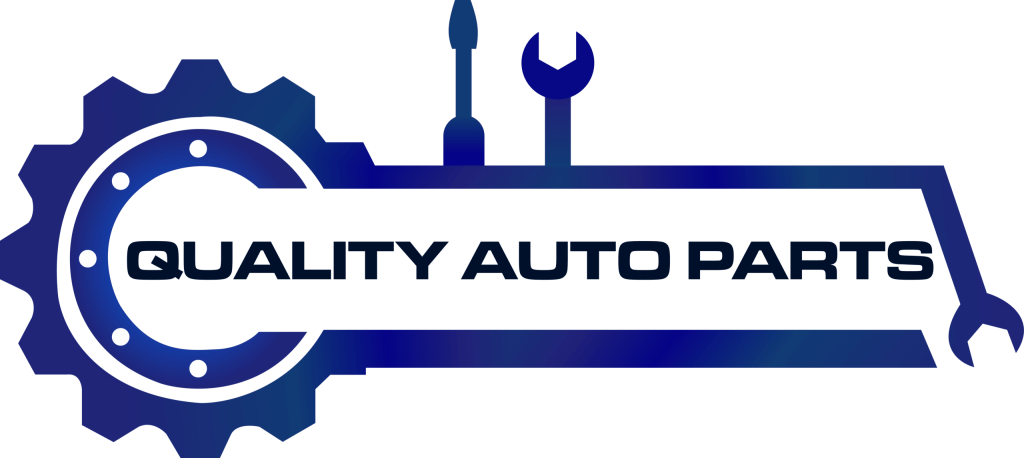
Your brakes are literally what keep you and everyone else on the road safe. When you’re hauling 80,000 pounds down a mountain grade, brake failure isn’t just an inconvenience – it’s catastrophic.
The thing is, most brake problems don’t happen overnight. They develop gradually, giving you warning signs if you know what to look for.
Heavy-duty truck brakes work harder than anything on a passenger car. They deal with massive heat buildup, constant use, and the physics of stopping enormous amounts of weight.
Daily Inspection Routines
Every pre-trip inspection should include a thorough brake check. Look at your brake drums and rotors for cracks, scoring, or unusual wear patterns. Check brake lines for leaks, damage, or signs of wear from road debris.
Test your air brake system if that’s what you’re running. Listen for air leaks when the system builds pressure. You should hear the compressor cut out around 125 PSI and cut back in around 100 PSI. If it’s cycling too frequently, you’ve got a leak somewhere that needs attention.
Your brake pedal feel tells you a lot. It should be firm and consistent. A spongy pedal might indicate air in the lines or worn brake components. A pedal that sinks to the floor is a major red flag that demands immediate attention.
Brake Wear Patterns
Different brake components wear at different rates depending on your driving conditions. City driving with lots of stop-and-go traffic wears brake pads faster than highway cruising.
Mountain driving creates intense heat that can warp rotors and fade brake pads.
Check brake pad thickness regularly. Most pads have wear indicators that squeal when they’re getting thin, but don’t wait for the noise. By then, you’re risking damage to more expensive components like rotors or drums.
Uneven brake wear often indicates other problems. If one wheel’s brake pad is wearing faster than others, you might have a sticking caliper, air leak, or suspension issue affecting that wheel.
Heat Management Strategies
Heat is your brake system’s biggest enemy. Excessive heat causes brake fade, warps rotors, and breaks down brake fluid. Long mountain descents are particularly brutal on brakes, which is why engine braking and auxiliary braking systems are so important.
Use your engine brake whenever possible to reduce reliance on your service brakes. Downshift before steep grades to let compression braking do some of the work. If your truck has an exhaust brake or hydraulic retarder, use it.
Watch your brake temperatures if your truck has monitoring systems. Some drivers ignore these warnings until it’s too late. If temperatures are climbing into the red zone, find a safe place to stop and let things cool down.
Air Brake System Maintenance
Air brakes require specific maintenance that hydraulic systems don’t. Drain your air tanks daily to remove moisture that accumulates during operation. Water in the air system can freeze in cold weather, causing brake failure.
Check your air dryer regularly and replace the desiccant cartridge according to schedule. A failing air dryer allows moisture into the system, leading to corrosion and potential brake problems.
Your slack adjusters need regular attention too. Automatic slack adjusters should maintain proper brake rod travel without manual adjustment. If you’re constantly having to manually adjust them, the automatic mechanism probably needs replacement.
Brake Fluid and Line Maintenance
For trucks with hydraulic brake systems, brake fluid quality is critical. Brake fluid absorbs moisture over time, which lowers its boiling point and can cause brake failure under heavy use. Change brake fluid according to manufacturer recommendations, not just when it looks dark.
Inspect brake lines for corrosion, especially on older trucks. Road salt and weather take a toll on steel brake lines. Replace any lines showing signs of rust or damage before they fail completely.
Check rubber brake hoses for cracking, bulging, or other signs of deterioration. These hoses flex constantly and can develop problems that aren’t immediately obvious during casual inspection.
 Quality Parts Make a Difference
Quality Parts Make a Difference
When it’s time to replace brake components, using quality heavy duty truck parts makes a real difference in performance and longevity. Cheap brake pads might save money upfront, but they often wear faster and provide inconsistent stopping power.
OEM or equivalent quality parts are designed to handle the specific demands of your truck’s braking system. They’re tested under real-world conditions and built to last under heavy use.
Professional Brake Service
Some brake work you can handle yourself, but complex repairs should go to qualified technicians. Brake system work isn’t the place to learn through trial and error. Improper brake repairs can kill people.
Annual brake inspections by a qualified shop can catch problems before they become dangerous. They have specialized tools to measure rotor thickness, test brake fluid moisture content, and properly adjust complex brake systems.
Warning Signs to Never Ignore
Certain symptoms demand immediate attention. Grinding noises usually mean you’re down to metal-on-metal contact. Pulling to one side during braking indicates uneven brake force. A brake warning light should stop you immediately until you figure out what’s wrong.
Changes in pedal feel, unusual noises, or any smell of overheated brakes need investigation right away. Don’t gamble with brake problems – the stakes are too high.

 Quality Parts Make a Difference
Quality Parts Make a Difference


